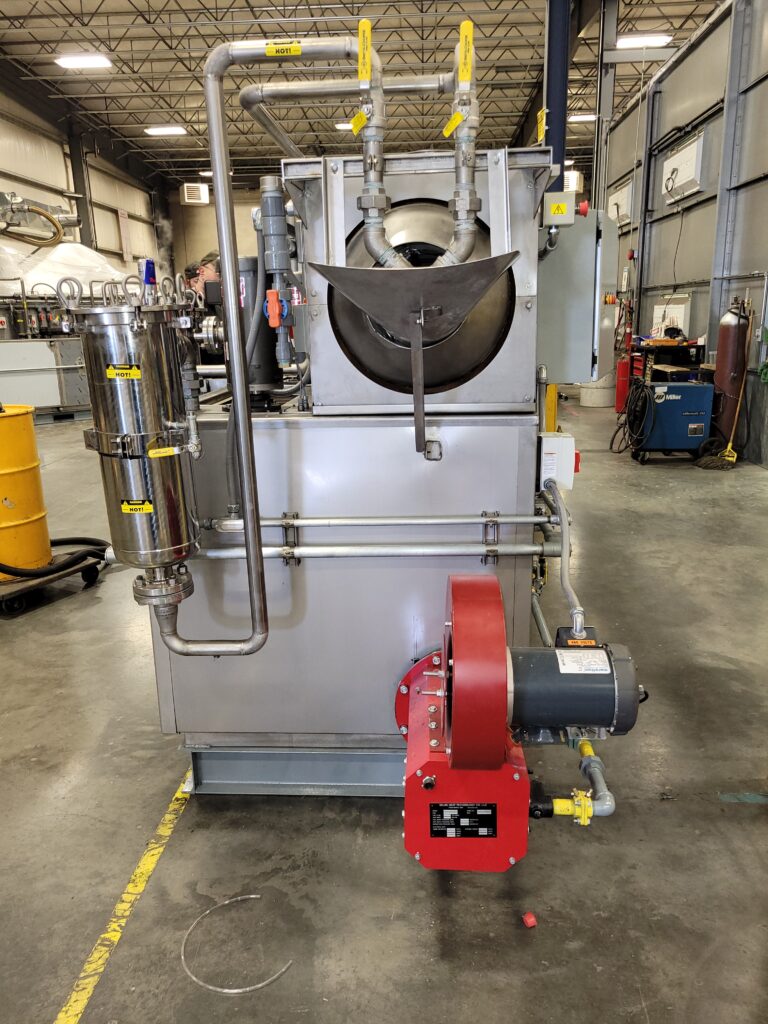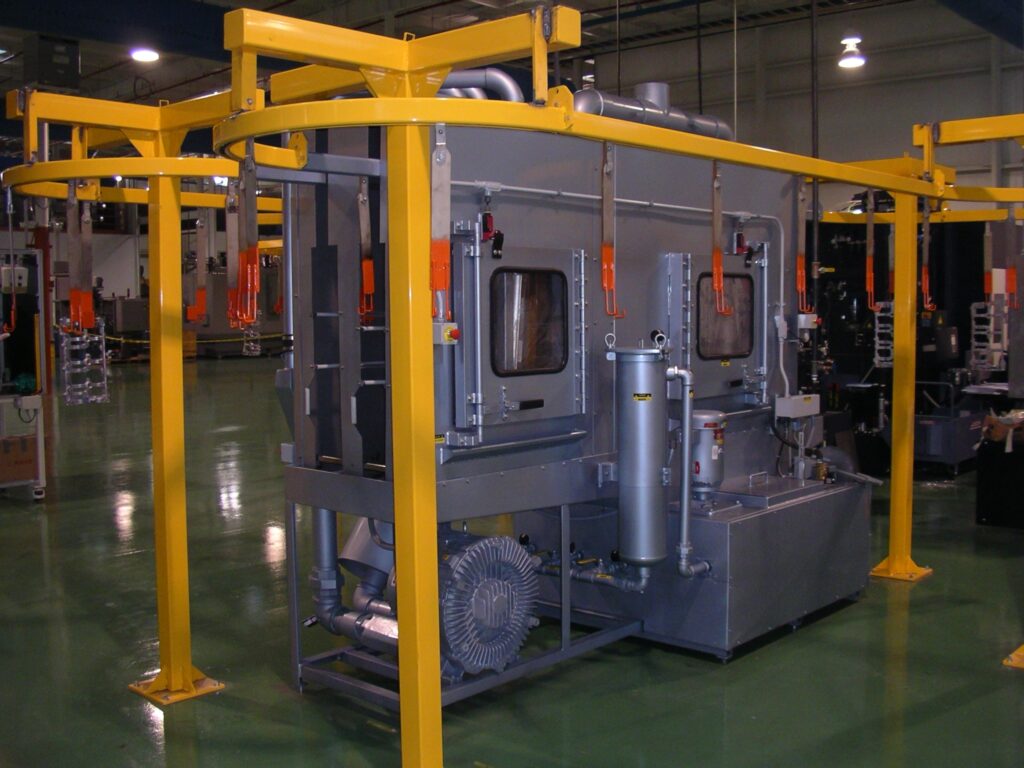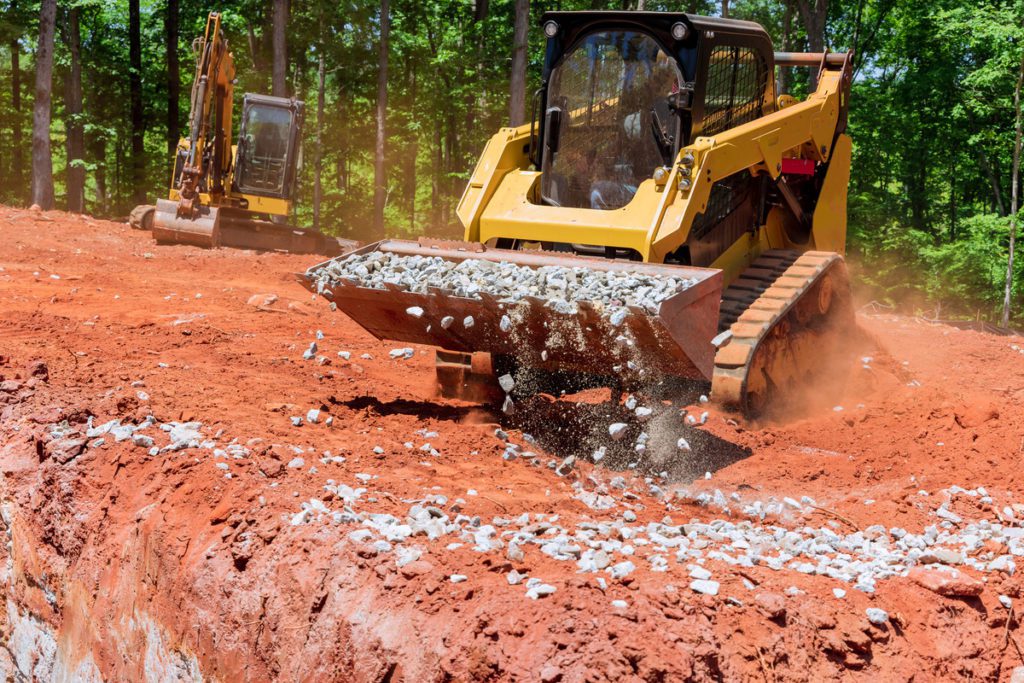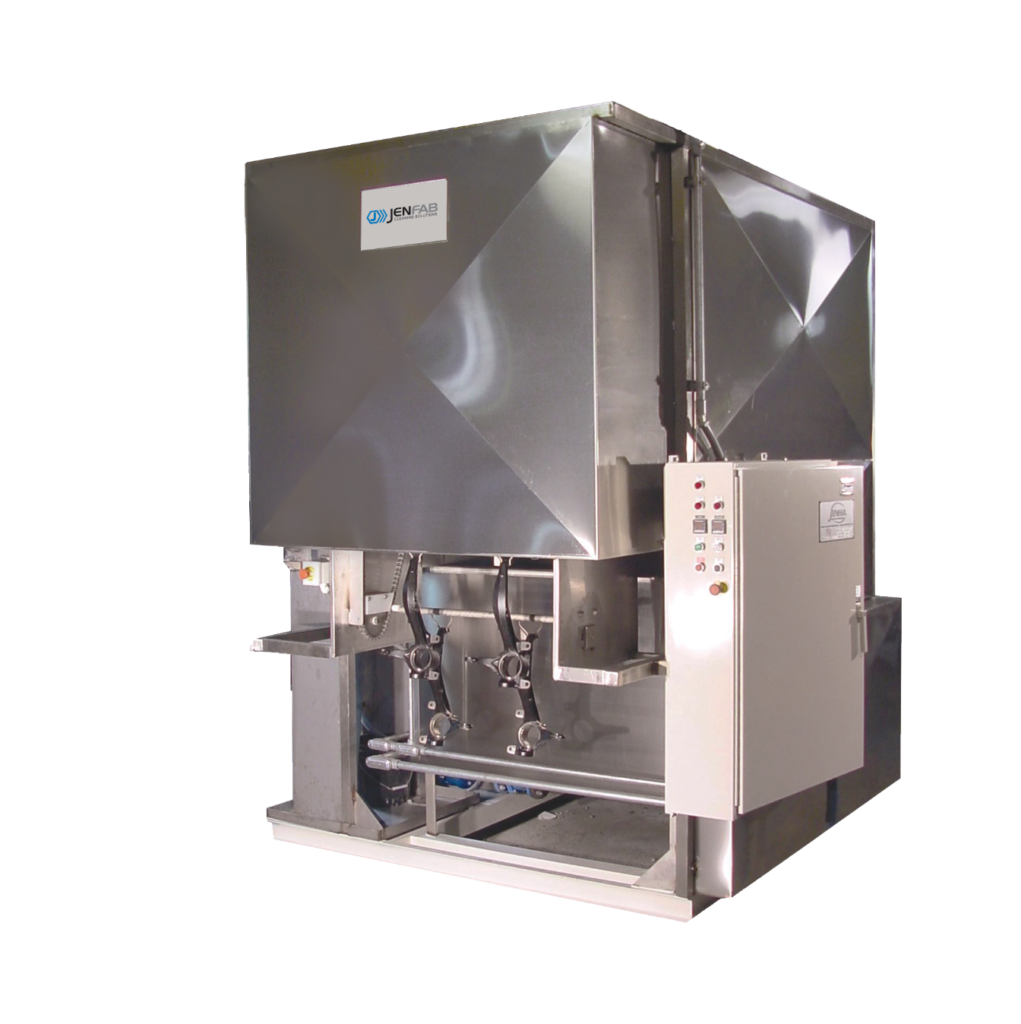The fabrication of parts often produces dust, shavings and burrs. Some processes also require the use of oils or lubricants. While they are inevitable byproducts of the process, dust and residue pose problems later in production if they are left behind.
Any residue remaining on the parts affects the latter stages of manufacturing and the final product. Therefore, many industries need to remove unwanted residue from components before finishing or assembly. Aqueous parts washers do just that. In addition to cleaning and drying, these machines can also passivate or apply rust inhibitors.
Aqueous parts washers are only as good as the sum of their parts, which work together to achieve the desired level of cleanliness. Each machine has a reservoir tank, pump, sprayers and control panel. Depending on the capabilities you need, the model may include an oil coalescer, conveyor belt, ultrasonic system or loading capabilities.
An Aqueous Parts Washer’s Design
All aqueous parts washers use a water-based cleaning solution. Regardless of a machine’s make or model, the cleaning solution flows in the same way. First, the cleaning solution moves out of a heated reservoir tank via a pump. The solution passes through a filter and then into sprayers inside the machine, as shown in the diagram below. The used solution then drains, moving through a screen or filter before returning to the tank.

Inside An Aqueous Parts Washer
Inside every machine, you will find the same primary components. Each part of the machine has a purpose and contributes to how it runs. All of the elements below are needed for a continuous flow of the cleaning solution.
Cleaning Tank or Chamber
A parts cleaning tank refers to the enclosed area where parts are cleaned. Some machines may have multiple stainless steel tanks, such as soaking tanks, washing tanks and rinsing tanks, for various stages of the cleaning process. Others, like many cabinet models, only have one chamber for cleaning and rinsing.
Solution Reservoir
The solution reservoir is the tank where the cleaning solution is stored and heated. You may also see it referred to as the solution tank or sump. The heated cleaning solution is pumped out of the reservoir and sprayed on the parts. Then, it is filtered and brought back to the reservoir.
Water Heater
Heated parts cleaning tanks, or solution reservoirs, bring the cleaning solution to the appropriate temperature. Aqueous parts washers use heat, pressure and flow to clean effectively. Heat speeds up chemical reactions, which makes cleaning go faster.
At Jenfab, you can customize your machine to include electric heating elements or gas burner systems. Additionally, you can add other parts like immersion screw plug heaters and over-the-side L-shaped heaters to smaller machines.
Pump
Aqueous parts washer pumps bring cleaning solution into the cleaning tank or chamber. They move the solution through the spray manifold, where it is then directed onto the parts. These pumps work continuously to keep the cleaning solution flowing to and from the tank.
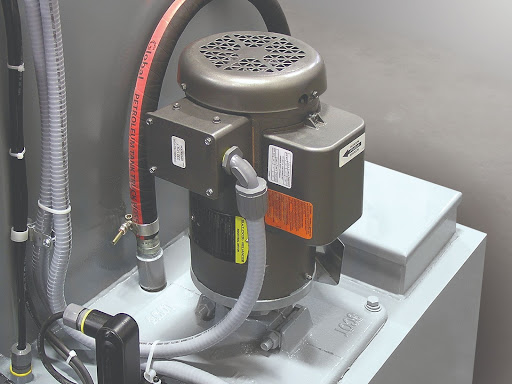
Sprayers
The spray manifold is located inside the parts washer’s cleaning tank. As the pump brings the cleaning solution from the reservoir, sprayers shower the parts in the chamber with the solution. Sprayers can be placed on all sides of a tank and included in immersion tanks.
Each sprayer head includes a spray nozzle made of either brass or stainless steel.

Filtration System
Filtration systems remove unwanted particles from the cleaning solution so the machine can use it again. All aqueous parts washers use a filter and debris screen (or chip basket) to ensure the cleaning solution stays fresh. You will need to check and change the filter regularly as part of the machine’s maintenance.
Additional oil skimmers and oil coalescing systems can be added when cleaning heavily soiled parts.
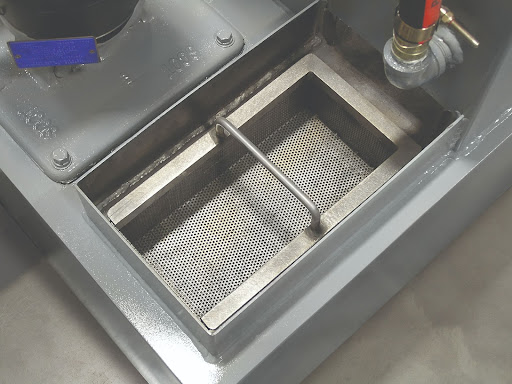
Low Water Shut-off
Low water levels can damage heating elements in parts washers. That’s why parts washers use automatic fill and low water shut-off systems that stop the machine until the water is at the appropriate level.
What Else is Inside a Parts Washer?
All parts washers include the parts mentioned in the previous section. However, depending on your model, your parts washer may also have one or more of the following:
Parts Cleaning Basket
Rotary basket models are built with parts cleaning baskets to contain and agitate parts. These machines use baskets to rotate large volumes of parts continuously. Often, baskets are used in combination with ultrasonics.
Turntable
Some machines, including many cabinet parts washers, use turntables to rotate parts as they are sprayed with or immersed in the cleaning solution. Gear-driven turntables eliminate slippage that often happens with tire or chain drives.
Conveyor Belt
High-volume applications that require continuous throughput rely on conveyor belt systems. Belts can be made of stainless steel, plastic and woven mesh.
Drying Station
You may need a machine with ambient blow-off and heated drying features. Jenfab’s recirculating drying technology uses less energy to dry parts. In fact, our heating elements use 40% less energy than industry norms.
Styles & Models
Now you know how a parts washer runs, but do you know which style to purchase? What aqueous parts washer would work best for your business? There are several types of aqueous parts washers, and each serves a different purpose. The volume of parts and level of cleanliness desired affects which style will work best for your application.
Cabinet Parts Washers
These machines are often compared to industrial dishwashers. They use a rotating turntable and pressurized spray, and can be front-loading, top-loading or made with vertical lifting doors. These machines come in various sizes, so you can find what fits the part size, part volume and physical space you have.
Belt Parts Washers
Best for higher volume applications, belt washers use pressurized spray and a moving belt to take parts through the cleaning process. These machines are often used when you need continuous throughput or several cleaning stages. Aerospace, medical and automotive industries often use belt washers.
Drum Parts Washers
Rotary drum parts washers combine spray and immersion for high-volume applications. They can be designed for batch or continuous inline feeding for ammunition, metal stamping and die casting industries.
Rotary Basket Parts Washers
These aqueous parts washers use rotating baskets, spray and immersion to clean small- to medium-sized parts. Rotary basket washers are ideal for parts with complex shapes like those in the aerospace, metal forming and medical industries.
The LeanClean 360 and Vertical Agitation Rotation (VAR) systems are Jenfab’s two rotary basket models.
Dip Agitation Parts Washers
Lower volumes of small- to medium-sized parts can be cleaned using dip agitation models. These machines use mechanical and spray under immersion techniques to clean.
Vertical Agitation Parts Washers
As the name describes, these machines use up and down agitation to remove debris while parts are in the cleaning solution. Vertical agitation models use multiple tanks for various cleaning stages, rinsing stages and coating applications. Often, they’re used for manufacturing aerospace parts and medical components.
Monorail Parts Washers
Monorail washers use an overhead conveyor to move parts through the cleaning process. These machines typically utilize both spray and immersion, and they are effective for high-volume finishing and metal fabrication industries.
Find the right aqueous parts washer for your application at Jenfab. We help you identify the model best for your needs or design a custom system just for your floor. Plus, we guide you through what you need to know to maintain your machine.
Request a quote today or call (800) 524-9274 to start the conversation about your new aqueous parts washer.












